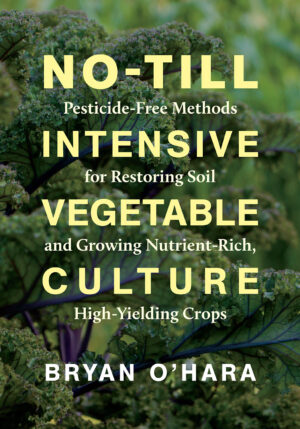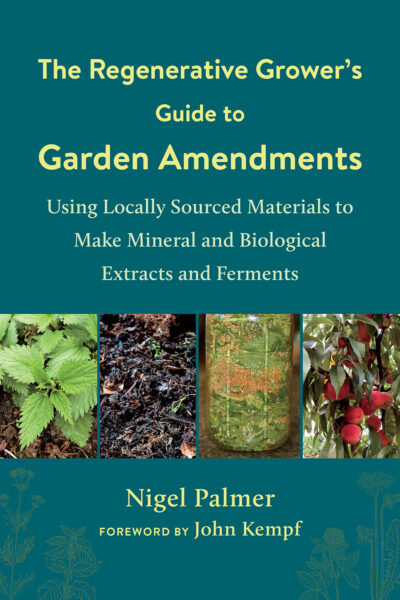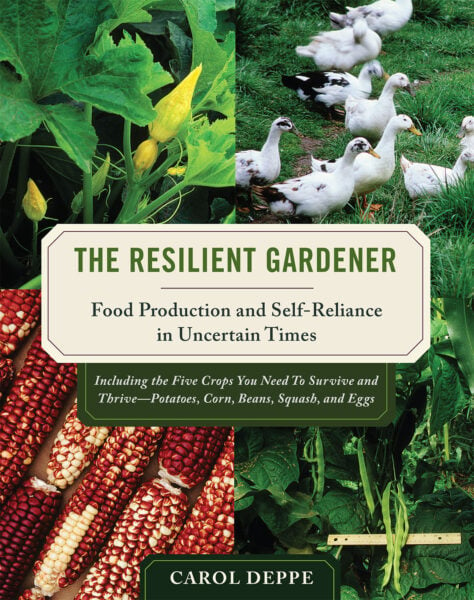Reestablishing Balance: Nature’s Cure
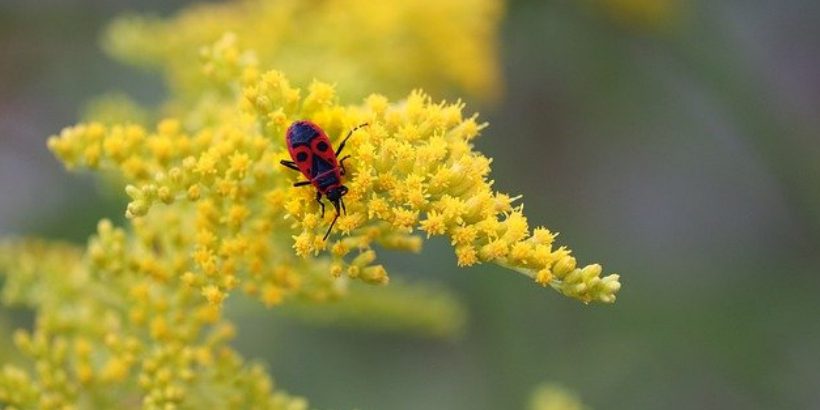
In No-Till Intensive Vegetable Culture, renowned organic grower Bryan O’Hara describes the methods he developed during a multi-year transition of his Connecticut vegetable farm to a no-till system. His resilient crops are testaments to the value of letting the inherent biological functions in soil do their work. The following excerpt discusses reestablishing balance among microbes, plants, and people for long-term disease resistance.
The following is an excerpt from No-Till Intensive Vegetable Culture by Bryan O’Hara. It has been adapted for the web.
(Photographs courtesy of Bryan O’Hara unless otherwise noted.)
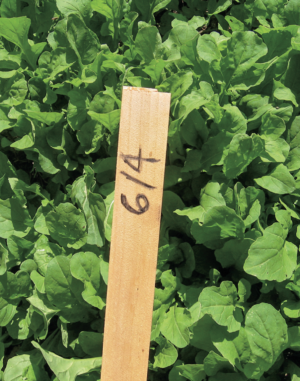
This arugula, which was seeded in early May and not protected by row cover, shows no flea beetle damage even after four weeks’ growth in open air.
It is important to remember that we are not alone in our efforts to rebalance growing systems.
Nature has many mechanisms for reestablishing balance, providing growers with many allies. If an imbalance brings multitudes of caterpillars, nature in time establishes animals and insects in proper proportion to consume this new potential food source of caterpillars. Similarly, if imbalance brings hordes of rodents, nature will supply the rodent eaters. If disease wipes out 99 percent of a crop, the 1 percent left will yield future plants that are more resilient.
As growers, we can do much to assist nature in this effort to reestablish balance, leaving us in an ever-stronger position. It is important not to overreact when the wave of imbalance is upon you. Growers commonly attempt to counteract the damage, getting in the way of nature’s efforts. A simple example of this: employing an insecticide when insect pest populations have already reached high levels and are causing severe damage to a crop. When pest populations (escalate), this is often the point at which beneficial insects are establishing as well. The insecticide can destroy both prey and predator, thus leaving the cycle to continue without natural control ever building up. Over time, we have seen many pest imbalances wash over our region.
Though the infestations were certainly damaging at the time, it was uplifting to witness the response of nature, and to be of assistance in the natural rebalancing process provides hope for the future.
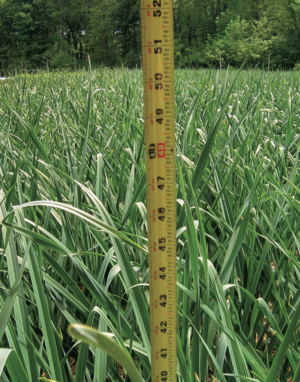
This is from a stand of 20,000 garlic plants. At harvest we found barely any disease or second-quality bulbs.
One early indicator at Tobacco Road Farm that gave us a dramatic insight into how plants naturally resist insect assault was flea beetles on brassica crops. When brassica crops were fall-sown and overwintered, they would be flea-beetle free through their entire life cycle. We decided to run a trial, seeding the same variety of brassicas in the spring next to the overwintered ones. The springs own seedlings became heavily infested, yet the neighboring fall-sown planting remained completely flea-beetle-free. The fall-sown crop was at a different stage of maturity than the spring-sown, but that state of maturity alone did not explain the total absence of flea beetles, because the spring-sown crop was still assaulted by flea beetles later in the season when it had reached the later stage of maturity. What this stunning example showed is that the influence of growing conditions can lead to complete resistance in an otherwise susceptible crop.
We have observed many other examples of crop resistance, particularly when crops were grown in balanced conditions. As our soils have developed and improved, especially since the shift to no-till techniques, many insects and diseases that were previously damaging to crops are no longer problematic. We can direct seed cucumbers, melons, and squashes in the field without any significant damage from cucumber beetles and other beetles or bugs that commonly plague these crops. Radishes, turnips, and rutabagas frequently show no symptoms of root maggots or black rot. Stem rot of garlic is almost zero out of the 20,000 plants we harvest annually. Flea beetles now are often completely absent, or we find only slight damage. Basil downy mildew does not damage crops until well into September.
These are just a few examples of the many.
It may take some time for growing conditions to improve sufficiently on a farm to bring about such remarkable levels of insect and disease resistance. However, it is important for growers to carefully look for even small reductions in insect and disease pressure, as these yield indications of what grower actions might be inducing improvement. Trials and actions can then be developed and further observed.
Recommended Reads
Recent Articles
Garlic mustard: while known as “invasive,” this plant can be consumed in its entirety and has great nutritional value. Plus, the garlic-flavor is a perfect addition to any recipe that calls for mustard! The following are excerpts from Beyond the War on Invasive Species by Tao Orion and The Wild Wisdom of Weeds by Katrina…
Read MoreEveryone loves a refreshing, fermented, nutritious drink…even your garden! Take your fermentation skills out of the kitchen and into the garden by brewing fermented plant juice. The following is an excerpt from The Regenerative Grower’s Guide to Garden Amendments by Nigel Palmer. It has been adapted for the web. How to Make Fermented Plant Juice Fermented…
Read MoreWant to see your crops thrive this upcoming growing season? The key is in soil fertility and health. Spend time maintaining your soil’s health to guarantee bigger and better crops come harvest time! The following is an excerpt from No-Till Intensive Vegetable Culture by Bryan O’Hara. It has been adapted for the web. What Is Soil Fertility?…
Read MoreMany know the effects of catnip on our feline friends, but few realize that catnip has medicinal effects for humans. From stomach aches to reducing fevers, catnip is a versatile herb with many benefits. The next time you grow this plant for your cat you may end up taking a few cuttings for yourself! The…
Read MoreIt’s time to take control of your seeds and become a plant breeder! Saving your seed allows you to grow and best traditional & regional varieties, and develop more of your own. The following excerpt is from Breed Your Own Vegetable Varieties by Carol Deppe. It has been adapted for the web. Becoming A Plant…
Read More

